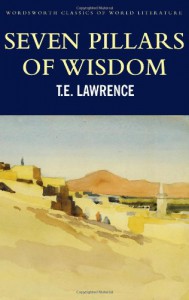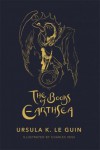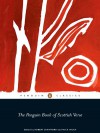Arbie's Unoriginally Titled Book Blog
It's a blog! Mainly of book reviews.
Currently reading
Seven Pillars of Wisdom, T.E. Lawrence

I was aware before starting that this was a somewhat unreliable account of the exploits of Lawrence on the Eastern Front during WWI but the Introduction introduced such a level of scepticism that it tainted my reading; I was forever wondering what was true, what was exaggerated, what entirely fabricated. The veracity of the account was challenged in a publication of 1955 that I don't have. I'd have much prefered to read a critical edition that put the book in the context of the known history so that truth and fiction could be easily separated - I don't know if such a thing exists, though.
Lawrence is at his best when describing landscape and action, at his worst when being judgemental, whether it be about history, peoples or individuals. The first half fled fairly fast but the second was a struggle for most of its length. It turns out that camel rides and raids on railways and bridges can become repetative and dull. Interest was re-ignited when the Allies turn up in force and events become novel again.
I know very little about WWI; my main impressions of it come from two books; All Quiet on the Western Front and this. The contrast between the Western and Eastern conflicts could hardly be greater, on this basis. The mud, trenches, gas attacks, whole-sale slaughter and stalemate of France and Belgium feel like a different world from the rock, sand, guerilla warfare and endless gadding about by horse, camel, plane and (Rolls Royce) car that Lawrence describes in the Middle East. Lawrence's account is rarely in the slightest bit romanticised, though, and hunger, thirst, battle and death are treated in a most matter-of-fact manner that contrasts both with the myth of Lawrence of Arabia on the one hand and the deliberately political and horrifying verse of Sassoon and his fellow War Poets.
 5
5










